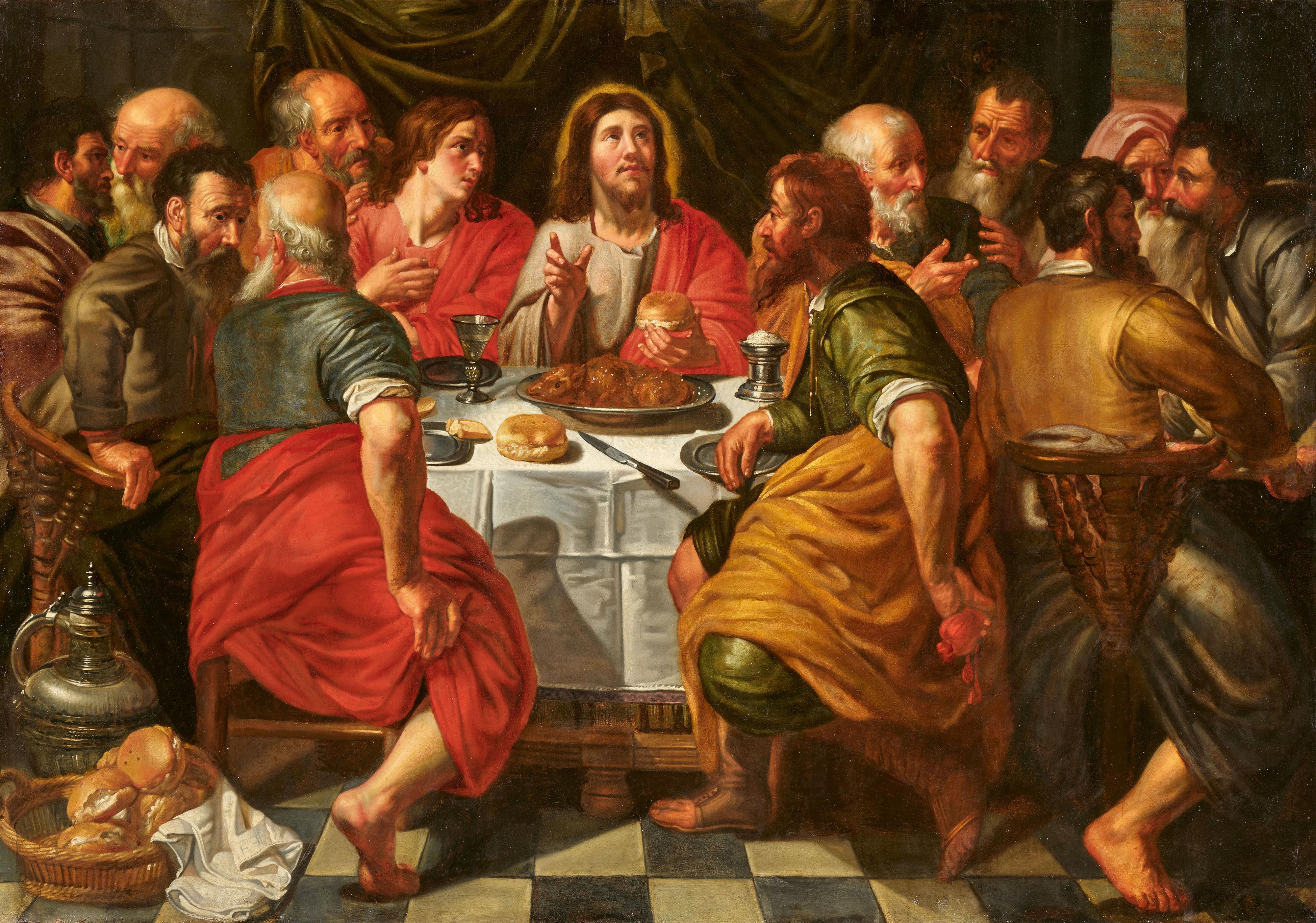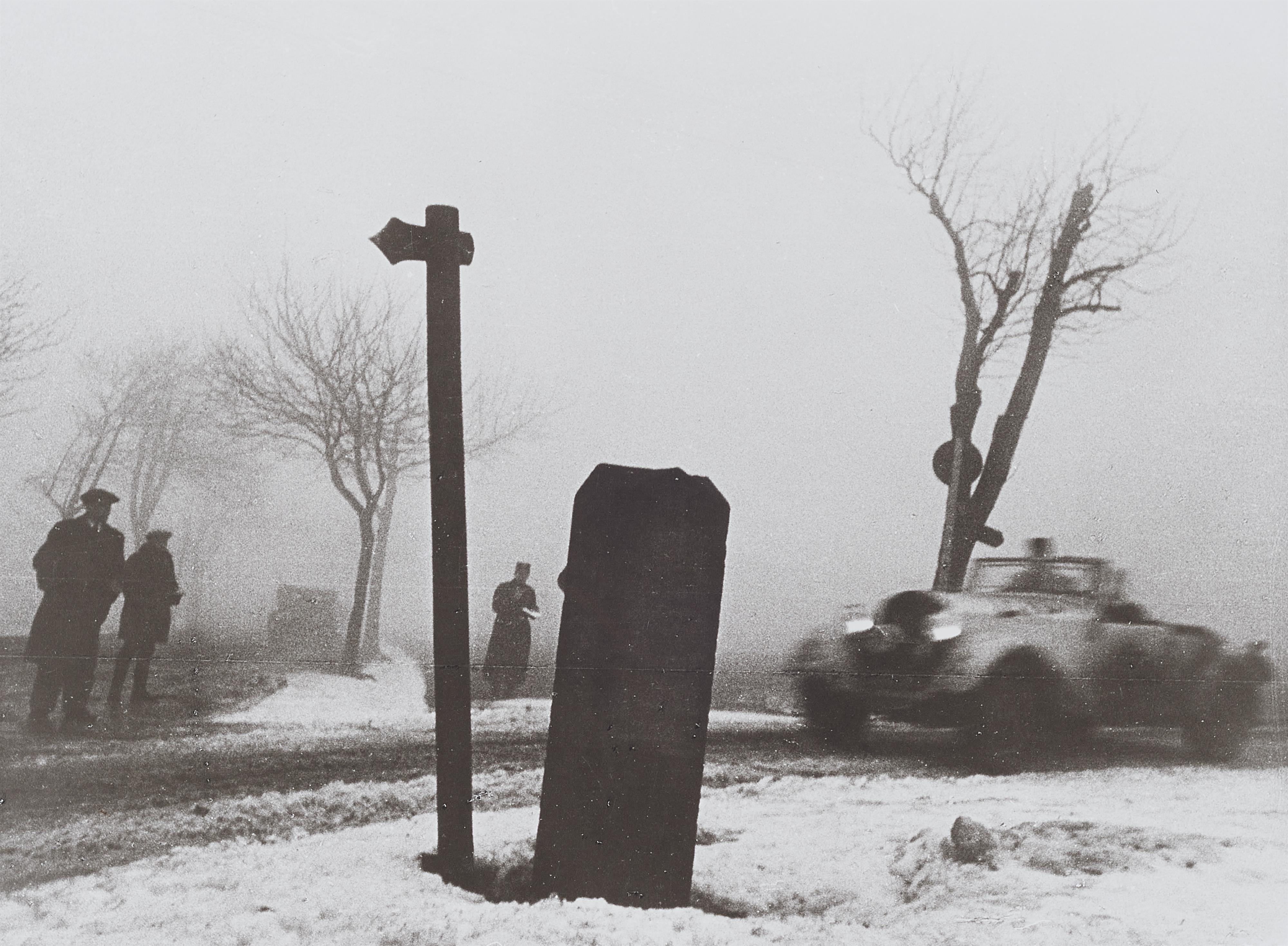Artus Wolffort and Workshop
The Last Supper
Oil on canvas (relined). 117.5 x 166.5 cm.
Artus Wolffort was one of the most important artists in Antwerp in the early 17th century. However, his fame remained forgotten for a long time, and his oeuvre and artistic personality were only clearly outlined in a study by Hans Vlieghe in 1977 (cf. Hans Vlieghe: Zwischen van Veen und Rubens: Artus Wolffort (1581-1641), ein vergessener Antwerpener Maler, in: Wallraf-Richartz-Jahrhbuch, XXXIX (1977), pp. 93-136). Wolffort's career (1684 - 1641) roughly coincided with that of Peter Paul Rubens: born in Dordrecht, he was trained - like Rubens - in the workshop of Otto van Veen, and later ran a highly productive workshop in Antwerp, where Pieter van Lint, Pieter van Mol and many other important artists were active. Wolffort created numerous altarpieces and devotional paintings and was involved, among many other projects, in the decoration of the Pompa Introitus, conceived by Rubens in 1635. Before Hans Vlieghe gave form to Wolffort's œuvre, his works were alternatively attributed to Peter Paul Rubens, Antonis van Dyck or other Flemish artists. This illustrates the fruitful artistic exchange in Antwerp, but it also testifies to the quality of his works. Accordingly, Antonis van Dyck included him in his Iconographia, the collection of portraits of important Flemish artists (fig. 1).
According to Hans Vlieghe, the present depiction of the Last Supper is a work by Arthur Wolffort and his workshop (email communication, March 2023), and is one of several versions of this subject. The composition captivates with its monumentality as well as by its immediacy, which is created through the use of a narrow viewpoint in which the figures are shown close to the observer.
Abb. 1/Ill. 1: Cornelis Galle nach/after Antonis van Dyck, Portrait Artus Wolfforts, Amsterdam, Rijksmuseum.
Provenance
German private collection.
Literature
Hans Vlieghe: Nog wat over Wolffort, zijn atelier en Van Lint, in: Feestbundel bij de opening van het Kolveniershof en het Rubenianum, Antwerp 1981, pp. 86-87.




